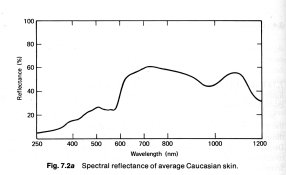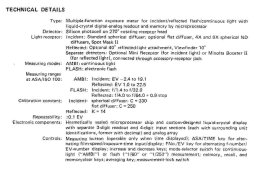According to the 1962 paper
An Interpretation of Current Exposure Meter Technology by Allen Stimson,
"The new value K = 3.333 is used when the meters are calibrated at 4700K. The former value K = 3.6, which has been used when the meters were calibrated at 2700K, is 10% greater because the average cell is about 10% less sensitive at this color temperature. Consequently, no radical change in calibration of reputable American made meters is anticipated. However, all meters which conform will be more uniform."
"The incident-light value Iv involves the constant C which can vary +-24% within the limits of the standard and at the option of the meter designer. Incident light, as defined in the Standard for Photographic Exposure, is measured at the subject position in a plane normal to the direction of the camera. However, illumination for visual purposes is ordinarily measured in a horizontal plane. For these reasons, photographic incident-light data may not agree with those of illuminating engineers. The tolerance on the value of the exposure constant K for reflected light meters is less than that on the value of C for incident light meters, because of the greater variation in the acceptance angles and directions of aiming the incident light receivers."
"The ratio of K to C is the average scene reflectance for which the meter is calibrated. the mean value is now R = 3.333 / 20.83 = 16%. This value of reflectance is indicated when the reflected light meter is aimed from the camera toward the subject, and the incident light meter is aimed from the subject toward the camera. However, it is close to the reflectance of the "gray card" used with reflected light meters. Kodak's "Neutral Gray Card" had a reflectance of 18%. The difference is due to the angle at which the card is held."
Today the "ideal" appears to be 3.64 / 30 = 12%.
Here's the technical data for a Sekonic meter.
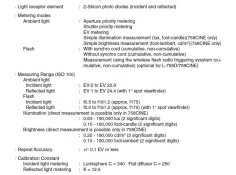
K = 12.5/10.76 * pi = K = 3.65
C = 340/10.76 = 31.6


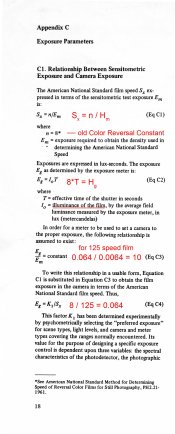
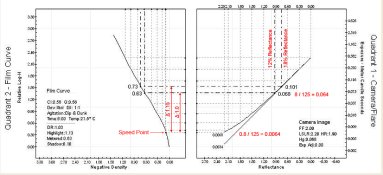
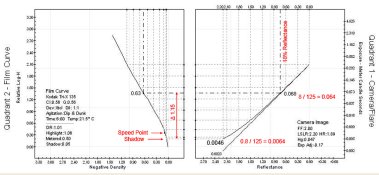
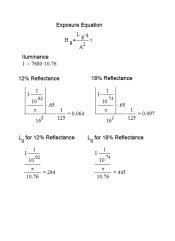
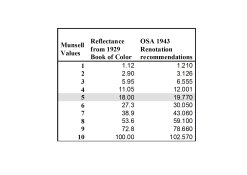
 sorry.
sorry.